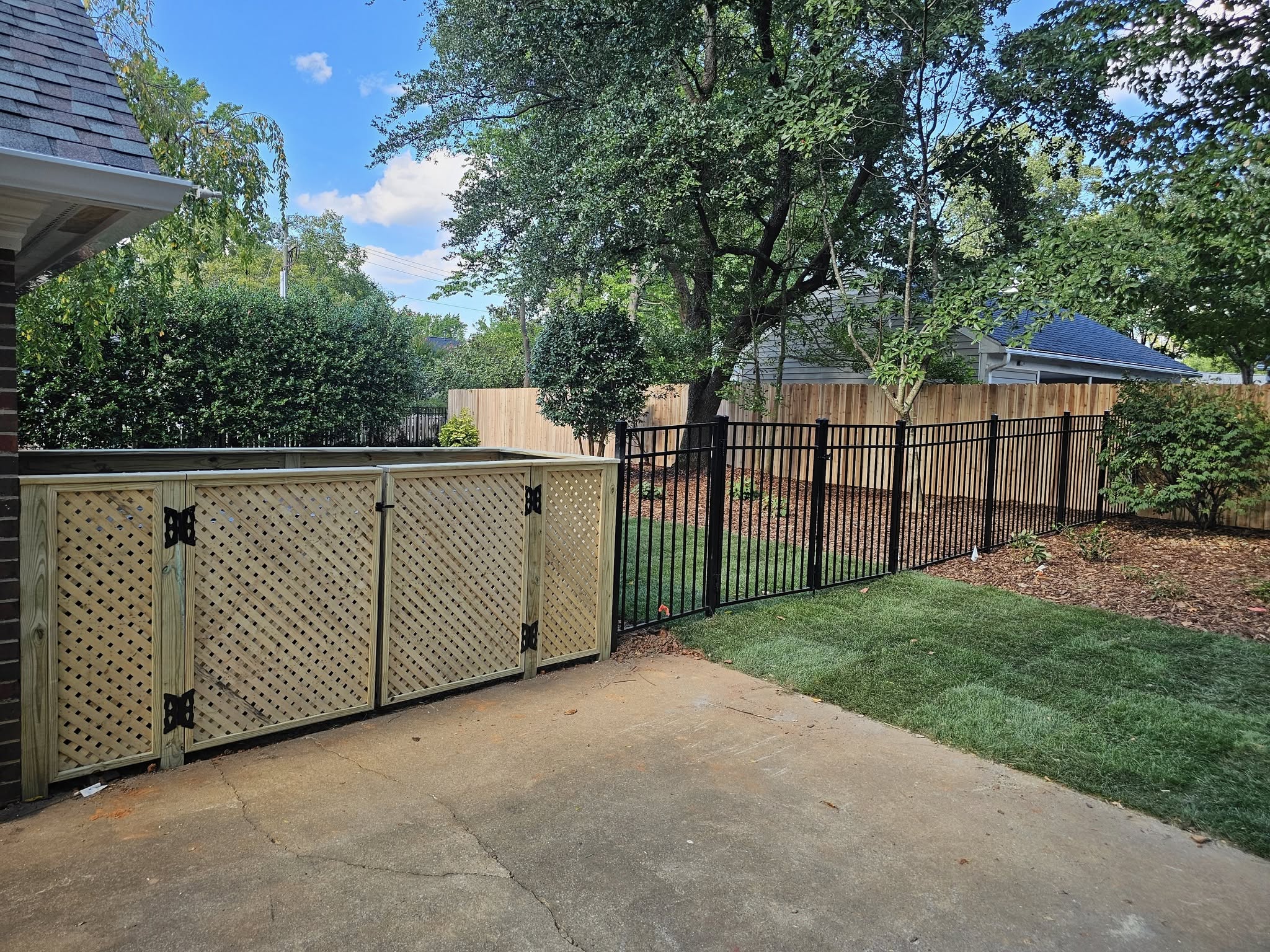
The Environmental Benefits of Installing a Wooden Fence Oct 25, 2025
Wooden fences, crafted from natural materials, are a renewable resource. This is a significant advantage over synthetic options which are derived from non-renewable resources. Choosing a wooden fence supports sustainable forestry practices when sourced from reputable suppliers. These suppliers ensure that timber harvesting is done in a manner that maintains the forest's biodiversity and productivity, promoting a cycle of growth, harvest, and replanting.
The environmental impact of a fence can also be considered through its end-of-life disposal. Unlike plastic or vinyl fences that could take centuries to decompose, wooden fences are biodegradable. This means they can naturally return to the earth without releasing harmful toxins, thereby enriching the soil. By selecting wood, you're choosing a material that's less likely to contribute to landfill waste.
In terms of carbon footprint, wood fences help offset carbon emissions. Trees absorb carbon dioxide, one of the primary greenhouse gases contributing to global warming, and when these trees are used for fencing, the carbon is sequestered within the wood. This captured carbon remains stored until the wood completely decomposes, thereby lessening the impact on our environment. It's an impactful way to keep CO2 out of the atmosphere, contributing positively to climate change mitigation efforts.
Moreover, wood's insulating properties can contribute to energy efficiency. A wooden fence acts as a natural windbreak, reducing wind speeds that hit your home. This can potentially lower heating costs in the winter and cooling costs in the summer, leading to less energy consumption and reduced reliance on fossil fuels.
From a biodiversity standpoint, wooden fences can serve as habitats for various wildlife, fostering local ecosystems' health. Birds often use wooden fences as perches or nest sites. Some beneficial insects, which aid in pollination, also take refuge in the shelter provided by the irregular surfaces and joints of a wooden fence. By opting for a wooden fence, homeowners inadvertently promote biodiversity within their landscapes.
Finally, a wooden fence requires less intensity in terms of production and installation compared to alternative materials. This lower energy input is reflected in reduced fossil fuel consumption and a decrease in emissions. Plus, with proper maintenance, such as regular staining or sealing, wooden fences can have a surprisingly long lifespan, providing their environmental benefits over many years.
When engaging Tru-Love Outdoor Services LLC to install a wooden fence, you not only enhance your property's beauty and privacy but also contribute positively to environmental sustainability. Transitioning towards more sustainable living doesn’t have to involve significant lifestyle changes—it can start right in your backyard. By understanding and prioritizing the environmental benefits of wood fences, homeowners can make informed decisions that are in harmony with nature, all while supporting a trusted local service like Tru-Love Outdoor Services LLC.
/filters:no_upscale()/media/546Q4IXTZ9QL4Q0ZCN7HN2QD191LOJJZ1L94A2YB.jpeg)